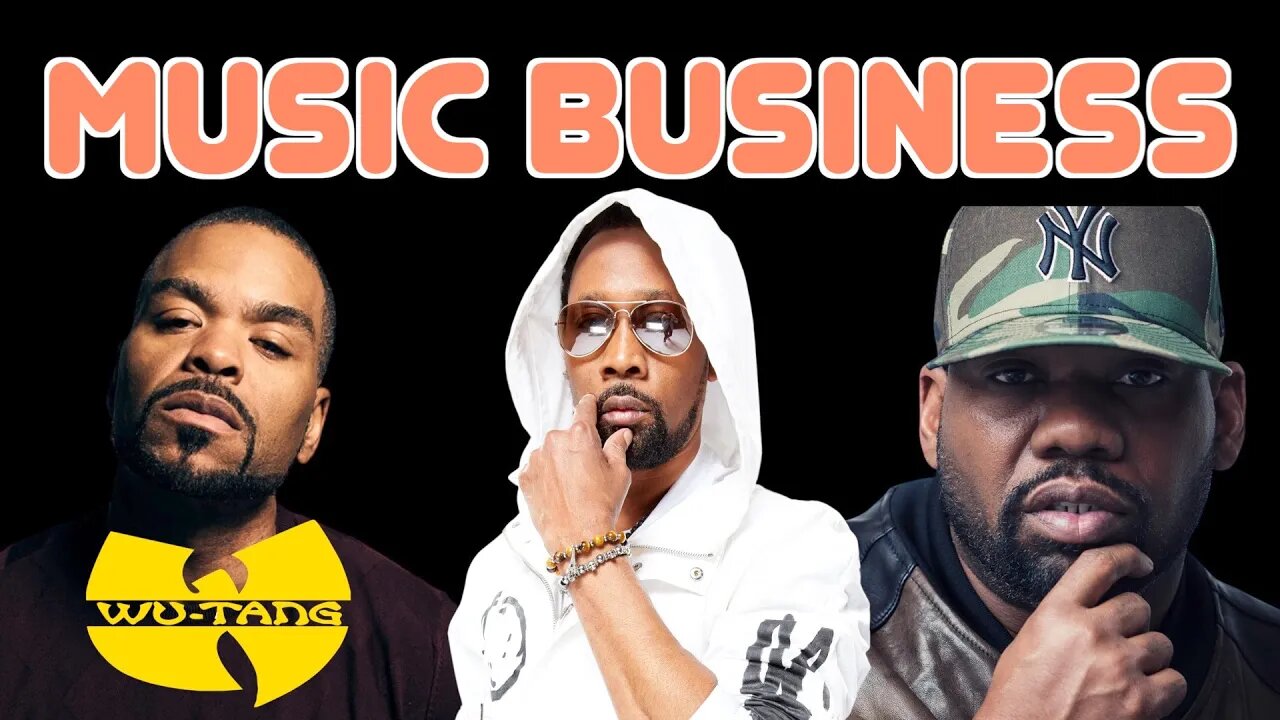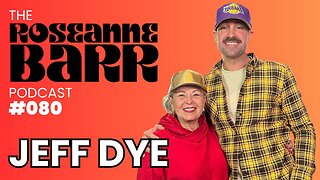Premium Only Content

How The Music Business Tore Apart the Wu Tang Clan
Of Mics and Men Episode 1: https://www.youtube.com/watch?v=X0BkI2etNQU
INSTAGRAM:
https://www.instagram.com/spencercornelia1
The ugly side of the music industry is that business will always be a controlling factor in the dynamics of a group of artists. Creative differences, profit split issues, management concerns, egos, and superstars outshining other members will always be prevalent within a group of entertainers. Unfortunately, these factors played a key role in the history of the greatest rap group ever, the Wu-Tang Clan.
From the streets of Shaolin, a group of eight lyrical swordsmen became hip-hop’s hottest group in the mid 90’s. This was an all-star group of emcee’s from Staten Island and Brooklyn joining forces to become a hip-hop supergroup. There’s no tighter knit family in hip-hop than the Wu-Tang Clan, exemplified by the group still being together nearly 30 years after their debut album hit the shelves.
Despite drama, lawsuits between members, public disagreements, and disappearing acts from obligations to the Wu, the group is still close enough to this day that they can come together and not let their past issues ruin their brotherhood. While watching Showtime’s excellent documentary titled “Of Mics and Men” on YouTube, I noticed how the group’s issues throughout the years could be traced back to the business side of the music industry.
RZA was the mastermind of this new group that would become the Wu-Tang Clan. Grabbing the best lyricists from the Stapleton Houses and Park Hill Projects in Staten Island helped form the brotherhood from the start. They were family because they group up together. Creating a record just meant putting their rap battles on an official track.
RZA turns to an associate of the Wu-Tang, Mathematics, for help designing the logo. RZA pays Mathematics $400 for the logo, which was half of his rent at the time. Just imagine if Mathematics would have asked for 1% of all net income generated from use of his logo.
Protect ya neck was the group’s first single and let the world know in 5 minutes that these young rappers from Staten Island were the next big thing in music.
Steve Rifkind of Loud Records took notice and made the smart decision to sign the Wu-Tang Clan to a record deal. The music industry is shady and full of stories where artists get taken advantage of but labels still need to take a large financial risk that rarely pays off. The Wu-Tang Clan had one single, 8 artists, and didn’t exactly make radio friendly music.
Within two years, Enter the Wu-Tang (36 Chambers) had gone platinum selling over one million copies. The reason why artists don’t earn as much as you’d think is that the one million copies sold means $10 million in revenue for the label. 15% royalties to the group would be $1.5 million. That gets split eleven ways. Assuming an uneven split since the original investors would want a larger share and deductions for recording costs and marketing, each artist probably made around $50k total over two years or $25,000 per year from royalties.
The Wu-Tang Clan is one of the highest selling groups of all time and was able to tour the world for years so I hope that none of the artists are struggling financially in 2021, but you can quickly see how much a group needs to sell or how much they need to make on tour in order to have an income that pays the bills. If the Wu-Tang Clan started today in an era where selling 10,000 albums the first week is the norm, they would really struggle to make ends meet.
With the album experiencing some mainstream success, it was time for each individual artist to have their own solo career. RZA incorporated Wu-Tang Records on March 9th, 1995 establishing the company that will own all recordings for the Wu-Tang Clan. What RZA did differently was allow each individual member a chance to sign a solo recording deal with different labels. This allowed each member to pursue their solo careers separate from the group and separate from Loud Records.
Power started Wu Wear years earlier but was now seeing gross sales hit multiple eight figures per year. He also helped produce the Wu-Tang: Shaolin Style video game. The brand was everywhere mainstream and the group even earned a tour with Rage Against the Machine, who were one of the largest rock bands touring at the time.
In the “Of Mics and Men” documentary, Divine said that all of the artists leaving their contract with Wu meant he was losing out on $10 million every single year. RZA wanted what was best for each artist and allowed it. I think a desire for an artist to become their own brand is inevitable in the music business, but it means splintering the group collective that existed for so long.
-
 17:24
17:24
Spencer Cornelia
1 year agoWhy YouTube Frank Castle'd Fresh and Fit
3.46K3 -
 2:01:25
2:01:25
Roseanne Barr
8 hours ago $3.26 earnedJeff Dye | The Roseanne Barr Podcast #80
60.3K19 -
 7:32
7:32
CoachTY
5 hours ago $0.39 earnedWHALES ARE BUYING AND RETAIL IS SELLING. THIS IS WHY PEOPLE STAY BROKE!!!
20.2K5 -
 LIVE
LIVE
Talk Nerdy 2 Us
2 hours ago💻 From ransomware to global regulations, the digital battlefield is heating up!
451 watching -
 LIVE
LIVE
I_Came_With_Fire_Podcast
5 hours agoHalf the Gov. goes MISSING, Trump day 1 Plans, IC finally tells the Truth, Jesus was NOT Palestinian
225 watching -
 4:11:49
4:11:49
Nerdrotic
7 hours ago $2.26 earnedThe Best and Worst of 2024! Sony Blames Fans | Batman DELAYED | Nosferatu! |Friday Night Tights 334
106K27 -
 7:55:51
7:55:51
Dr Disrespect
11 hours ago🔴LIVE - DR DISRESPECT - WARZONE - SHOTTY BOYS ATTACK
181K26 -
 1:30:23
1:30:23
Twins Pod
10 hours agoHe Went From MARCHING With BLM To Shaking Hands With TRUMP! | Twins Pod - Episode 45 - Amir Odom
104K24 -
 1:02:30
1:02:30
Exploring With Nug
12 hours ago $0.33 earned2 Duck Hunters Missing After Kayak Capsizes!
37.7K2 -
 46:48
46:48
Mally_Mouse
5 hours agoLet's Hang!! -- Opening Christmas gifts from YOU!
51.5K